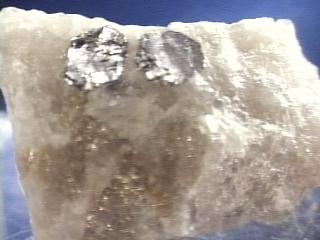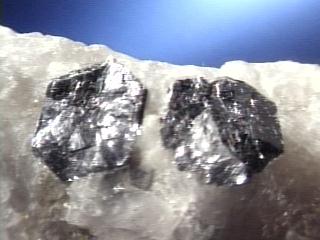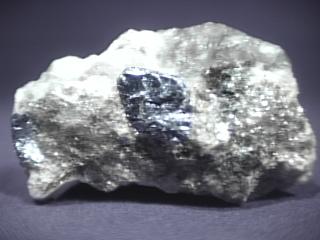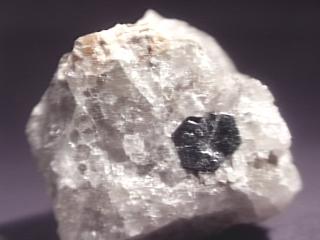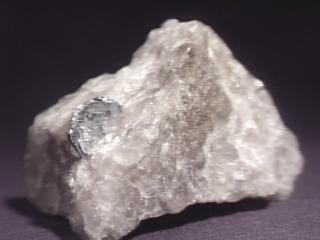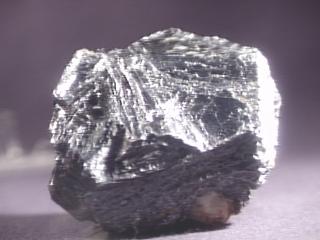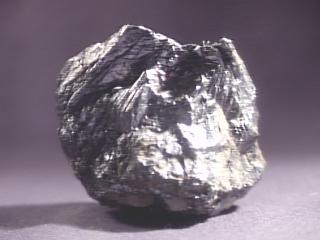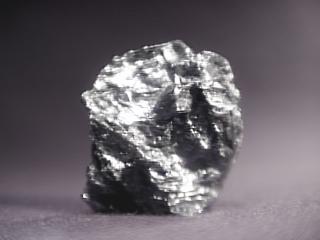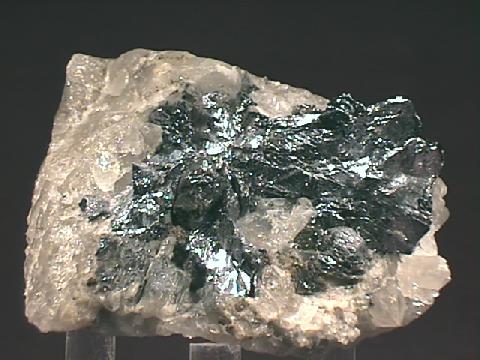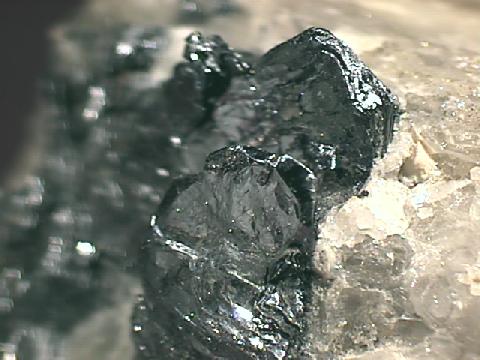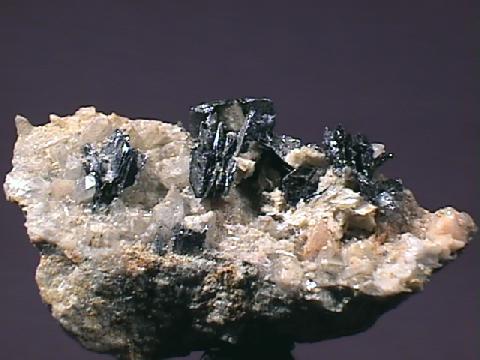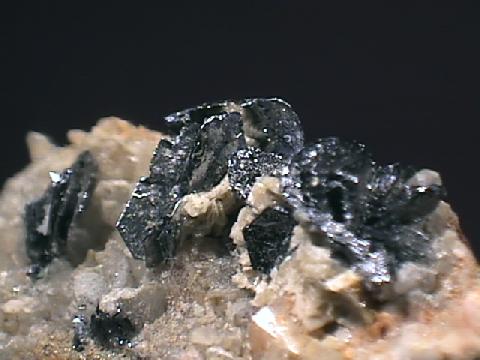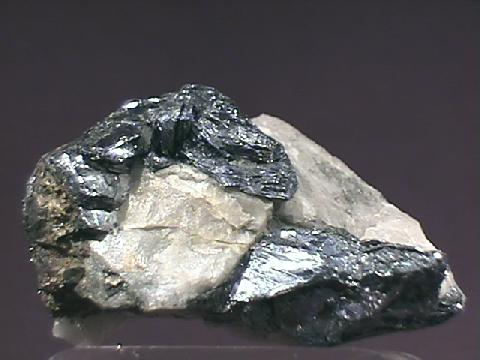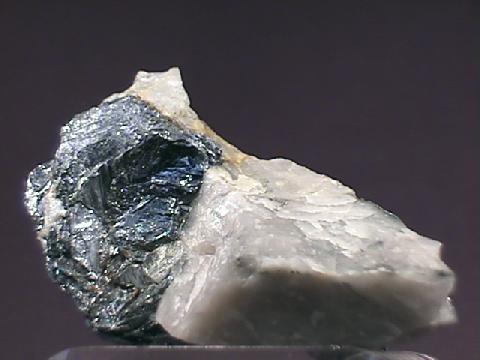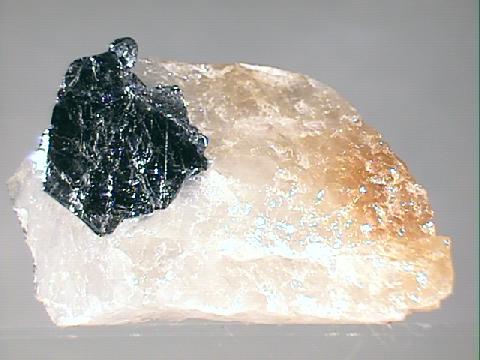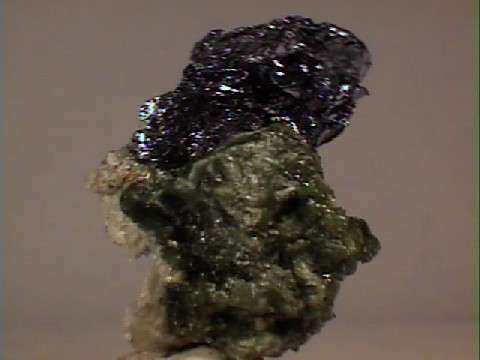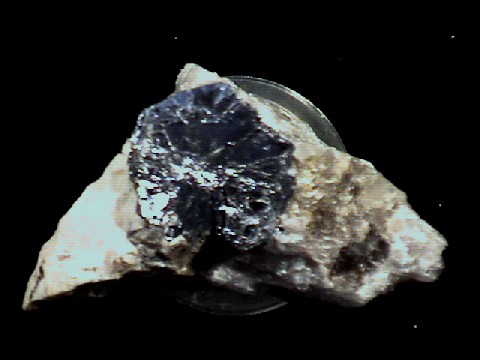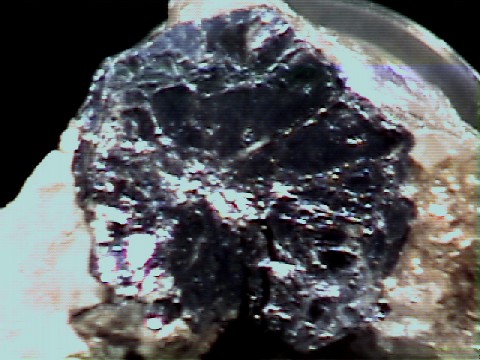 THE MINERAL MOLYBDENITE
THE MINERAL MOLYBDENITE
- Chemistry: MoS2, Molybdenum Sulfide
- Class: Sulfides and Sulfosalts
- Uses: major ore of molybdenum and as mineral specimens
Specimens
Molybdenite's structure is composed of molybdenum ions sandwiched between layers of sulfur ions. The sulfur's layers are strongly bonded to the molybdenum, but are not strongly bonded to other sulfur layers, hence the softness and perfect cleavage. It is soft enough to leave a mark on paper and fingers. Its greasy feel is due to its extreme softness. Molybdenite or "Moly Ore" as it is sometimes called, is a very high luster mineral and can be an interesting mineral to add to a collection.
PHYSICAL CHARACTERISTICS:
- Color is a silver metallic with a bluish cast.
- Luster is metallic.
- Transparency crystals are opaque.
- Crystal System is hexagonal; 6/m2/m2/m
- Crystal Habits: thin, platy hexagonal crystals terminated by pinacoidal faces, also as tapering six-sided pyramids that can be truncated by the pinacoids. Also massive, lamellar and in small grains in sulfide ore bodies and recrystallized marbles.
- Cleavage is perfect in one direction, forming thin sheets.
- Fracture is flaky.
- Hardness is 1.5 - 2.
- Specific Gravity is 4.7 to 4.8 (average for metallic minerals)
- Streak is bluish gray.
- Associated Minerals include pyrite, wolframite, chalcopyrite, quartz, fluorite, and scheelite.
- Other Characteristics: thin cleavage sheets and crystals are flexible, but not elastic. It has a greasy feel and leaves marks on fingers.
- Notable Occurrences Climax, Colorado; Cornwall, England, Raade, Norway; Wilberforce, Ontario and many other Canadian locallities.
- Best Field Indicators are crystal habit, softness, cleavage, density, bluish streak and color.

